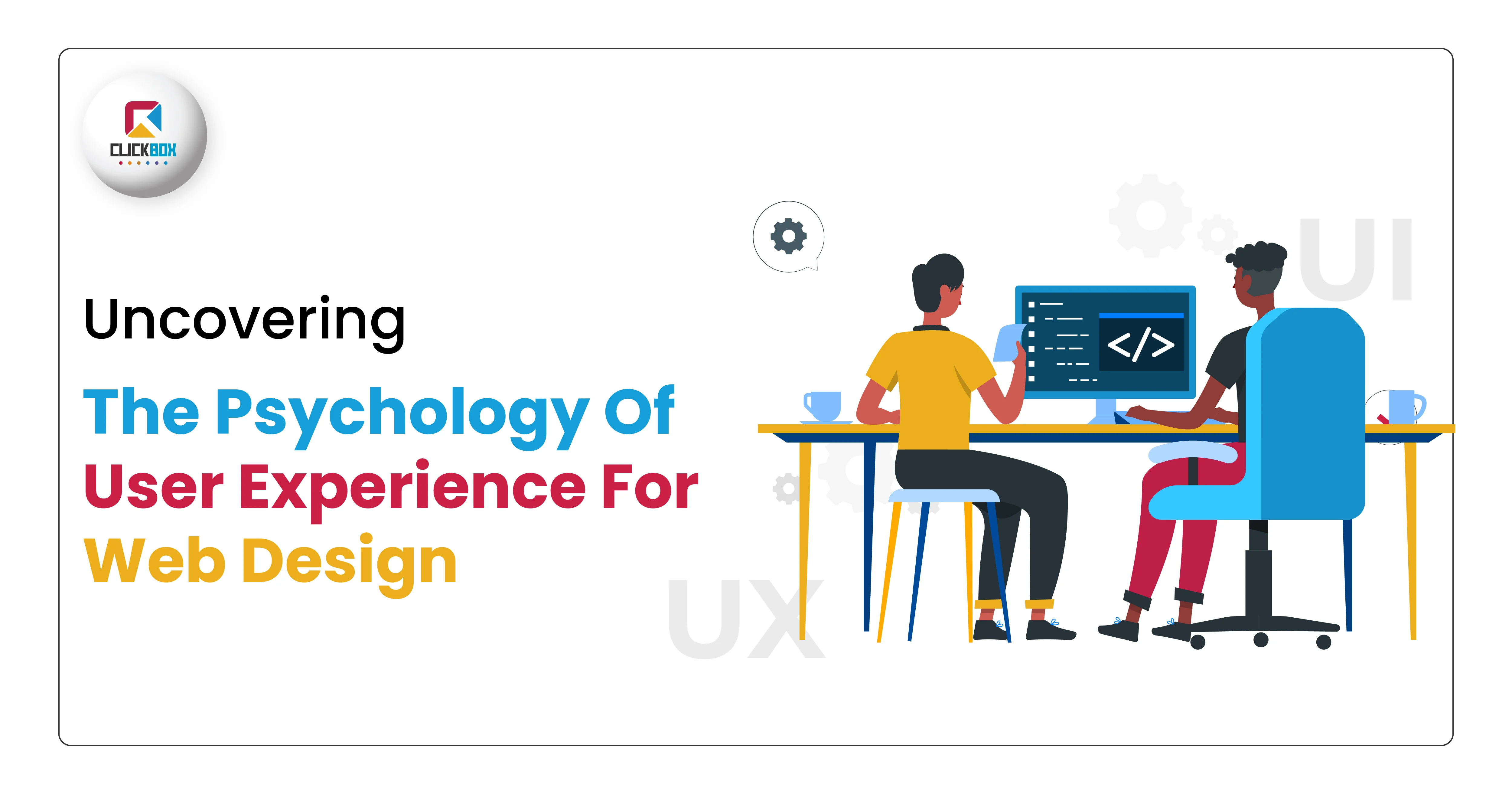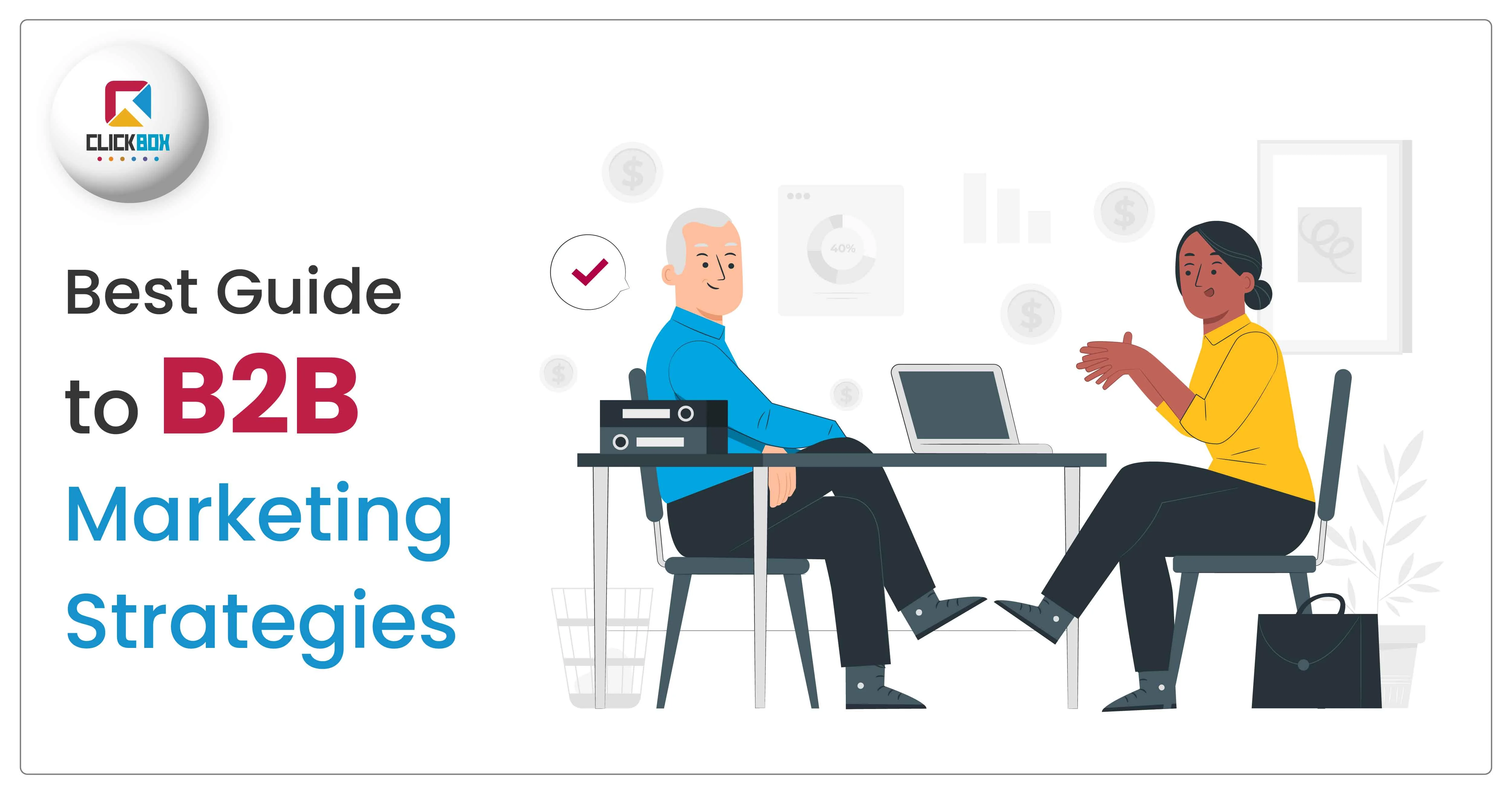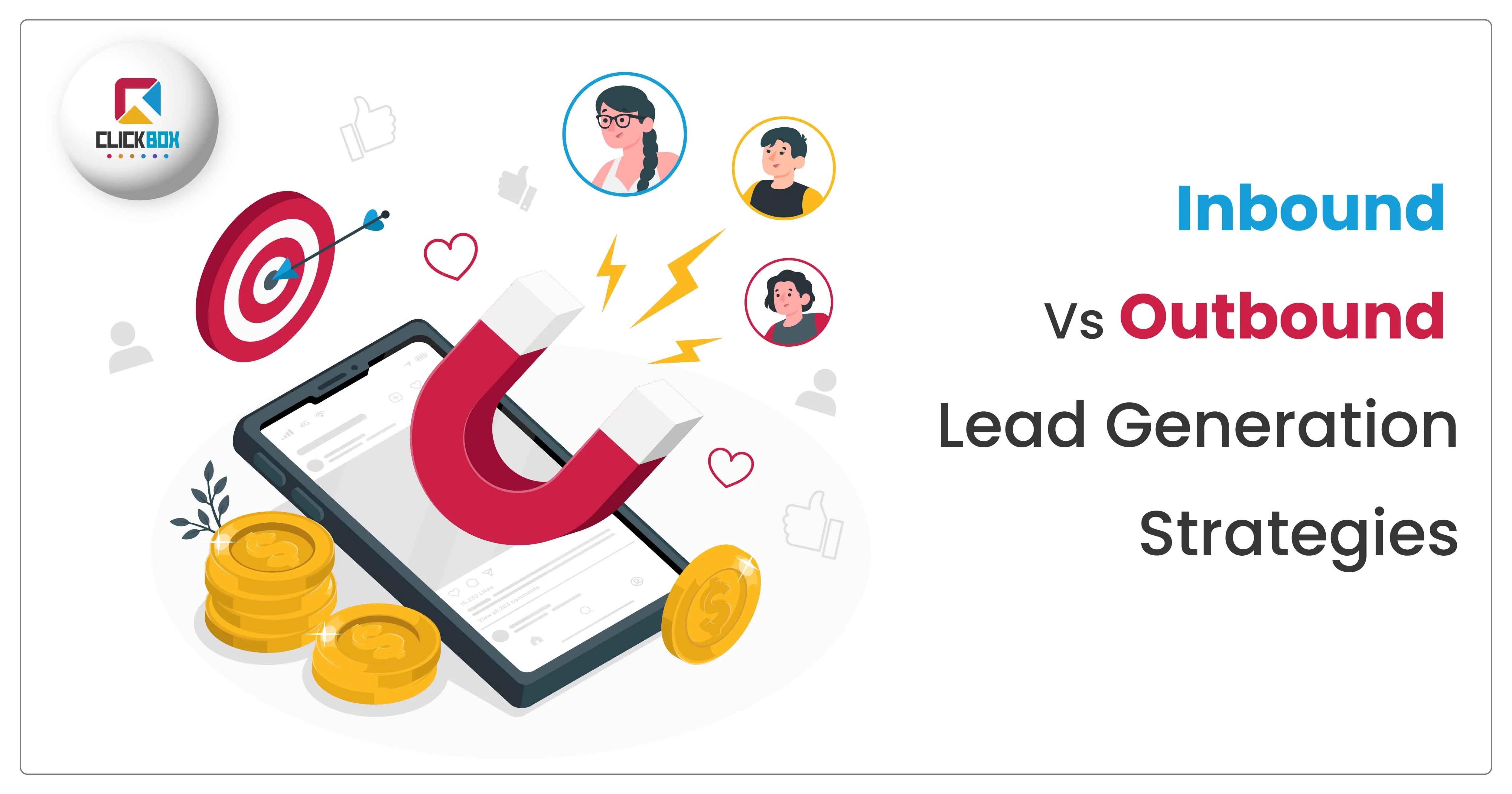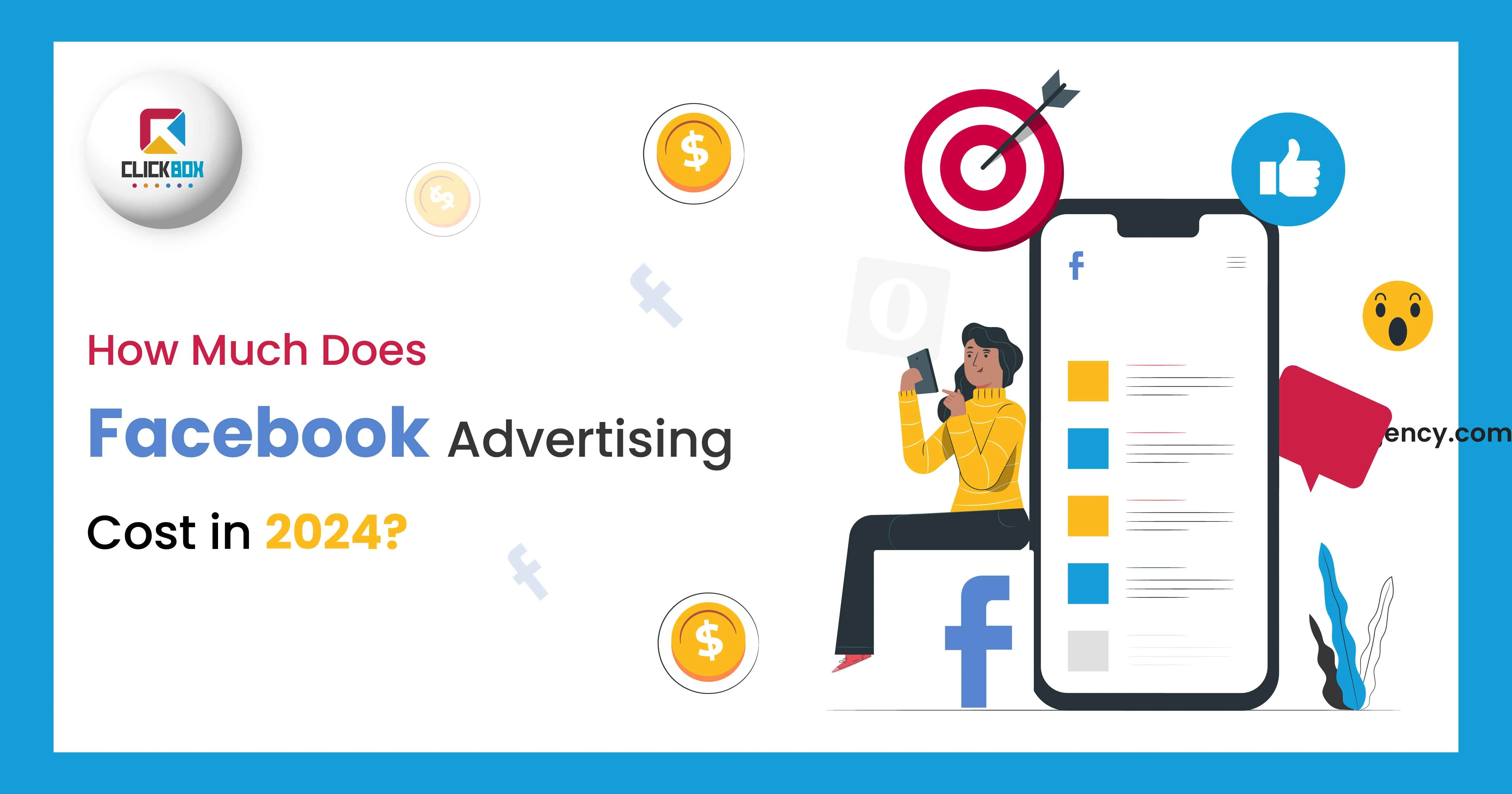
Uncovering The Psychology Of User Experience For Web Design
In the ever-evolving landscape of digital interaction, user experience (UX) has emerged as a critical factor in determining the success of a website. Web designers are no longer just crafting aesthetically pleasing layouts; they are delving into the realms of psychology to create user-centric designs. Understanding the psychology of user experience is essential for creating websites that not only look good but also function seamlessly, keeping users engaged and satisfied.
You need to know a lot about how people act in order to find out how they use your goods. To be exact, how long do they use it for? What do they click on most often? When do people choose to leave? At what point in the user's path? By looking at how your users act, you can find the answers to these questions and keep making your product better.
Figuring out how people use your product is essential for making it great, and it also shows that your business is run well. In addition to giving you an edge over your competitors, keeping customers longer, making sure you meet their needs, and getting rid of the guessing in UX design, it gives you useful information about your product.
Dive into the fascinating world of web design and user experience with Clickbox Digital Marketing Agency, renowned for mastery in crafting seamless digital experiences. Join us as we unravel the secrets behind captivating and user-centric web design. Let's learn about how web design works and how it affects people who use it.
The Foundation: Understanding Human Behavior
To create a compelling user experience, it is imperative to comprehend the fundamentals of human behavior. Users navigate websites with specific goals, and their interactions are influenced by cognitive processes, emotions, and social factors. We'll explore concepts such as Hick's Law, Fitts's Law, and the Zeigarnik Effect, shedding light on how these psychological principles can be applied to optimize website navigation, minimize decision fatigue, and enhance overall user satisfaction.
The foundation of effective UX design lies in a profound understanding of human behavior. Users interact with digital interfaces with specific goals, and their behaviors are shaped by cognitive processes, emotions, and social influences. One fundamental principle that guides UX designers is Hick's Law, which states that the time it takes for a person to make a decision increases with the number of choices available. This psychological insight underscores the importance of simplifying choices within a user interface to minimize decision fatigue and enhance the overall user experience. Another important idea is Fitts's Law, which says that the time it takes to move to a goal area depends on how far away it is and how big it is.
This insight drives designers to prioritize easily clickable elements and optimize navigation paths. Additionally, the Zeigarnik Effect, which posits that people remember uncompleted or interrupted tasks better than completed ones, influences the design of progress indicators and feedback mechanisms in UX and psychology. By comprehending these psychological principles,Understanding UX psychology can strategically craft interfaces that align with users' cognitive processes, resulting in more intuitive, efficient, and satisfying digital experiences.
Cognitive Load and Information Architecture
Cognitive load refers to the mental effort required to process information, and it has a direct impact on user experience. This section will delve into the different types of cognitive load – intrinsic, extraneous, and germane – and how web designers can manipulate these factors to streamline information processing. Additionally, we'll explore the significance of information architecture in organizing content, creating clear hierarchies, and ensuring users can effortlessly find what they're looking for.
In the realm of UX design, the synergy between cognitive load and information architecture stands as a critical determinant of a website's success. Cognitive load is the mental work that people have to do to handle information while they are using a website. Recognizing the finite nature of cognitive resources, UX designers strive to minimize cognitive load to create a seamless and enjoyable user experience. This involves a delicate balance between intrinsic, extraneous, and germane cognitive loads. Intrinsic load is the inherent difficulty associated with a task, extraneous load relates to the unnecessary cognitive burden imposed by the design, and germane load pertains to the cognitive effort invested in understanding and learning.
Effective information architecture plays a pivotal role in optimizing these cognitive loads. By organizing content in a logical and intuitive manner, designers can reduce the extraneous load, allowing users to focus on their intrinsic goals. Clear hierarchies, intuitive navigation, and strategically presented information contribute to a website's overall coherence, easing the cognitive burden on users. Additionally, the Zeigarnik Effect, which posits that people remember uncompleted or interrupted tasks better than completed ones, can guide designers in structuring content to encourage user engagement. The seamless integration of UX and psychology is paramount in creating user-centric digital experiences. Understanding the cognitive processes and emotional responses of users is foundational to designing interfaces that resonate with their needs and preferences.
By understanding and addressing cognitive load through thoughtful information architecture, UX designers can enhance user satisfaction, streamline interactions, and ultimately create websites that cater to the cognitive capacities of their diverse user base. This approach not only improves the usability of a website but also fosters a positive and memorable user experience, a hallmark of successful UX and psychology.
The Power of Visual Elements: Color, Typography, and Imagery
Visual elements play a pivotal role in shaping user perception and emotions. We'll dissect the psychological impact of colors, fonts, and imagery, exploring how these design elements can evoke specific emotions and influence user behavior. Understanding the principles of color theory, font psychology, and the use of high-quality visuals will empower web designers to create visually appealing and emotionally resonant websites.
In the realm of UX design, the power of visual elements cannot be overstated, as they serve as the cornerstone for creating a compelling and engaging user experience. Color, typography, and imagery, when strategically employed, have the ability to evoke specific emotions, convey brand identity, and guide user behavior. Color psychology plays a vital role, as different hues can elicit varied emotional responses – warm tones may convey vibrancy and energy, while cooler shades evoke calmness and professionalism. Typography, beyond its functional role, contributes to the visual hierarchy and sets the tone for communication.
The choice of fonts can convey a sense of formality, playfulness, or modernity, influencing the overall user perception. Imagery, whether through photos, illustrations, or icons, adds a visual narrative to the user experience, enhancing comprehension and creating a more immersive interface. The psychological impact of visual elements extends to user cognition, where well-chosen colors and fonts can facilitate information processing and reduce cognitive load. In UX psychology, a harmonious integration of color, typography, and imagery is not merely an aesthetic pursuit; it is a strategic endeavor to shape user perceptions, enhance usability, and ultimately elevate the overall quality of the digital experience.
Emotional Design and User Engagement
Beyond functionality, users seek emotional connections with websites. Emotional design focuses on creating experiences that elicit positive emotions, fostering a stronger bond between users and the brand. This section will explore the psychology behind emotional design, discussing the use of storytelling, empathy, and gamification to enhance user engagement and create memorable online experiences.
Emotional design is a pivotal aspect of UX design, intricately connected to the psychology of user experience. It transcends mere functionality, aiming to forge a profound connection between users and digital interfaces by leveraging the emotional responses they elicit. By incorporating elements such as storytelling, empathetic design, and gamification, designers tap into the intricacies of human emotions, shaping experiences that resonate on a deeper level. Understanding the psychology of user experience allows designers to align visual and interactive elements with the intended emotional response, fostering positive user engagement. Colors, typography, and imagery, when strategically chosen, can evoke specific emotions, influencing users' perceptions and behaviors.
The psychology of emotional design extends beyond aesthetic appeal; it guides the creation of interfaces that users find not only visually pleasing but also emotionally satisfying. This emotional resonance contributes significantly to user engagement, as users are more likely to connect with, remember, and return to interfaces that evoke positive emotions. In essence, emotional design encapsulates the profound interplay between aesthetics, functionality, and the intricate web of human emotions, shaping UX design into a transformative and emotionally resonant journey for users.
The Role of Persuasion in User Experience in UX design
In the realm of UX design, the role of persuasion is intricately woven into the fabric of creating compelling and engaging digital experiences. At its core, persuasion in UX design is not about manipulating users but understanding the psychology of user experience to guide them towards desired actions in a seamless and ethical manner. The psychology of UX design involves a deep exploration of human behavior, cognitive processes, and emotional responses, allowing designers to leverage psychological principles to elicit specific user reactions. Drawing from Cialdini's principles of persuasion, which encompass concepts like social proof, scarcity, and authority, designers can strategically integrate these elements into the user interface to influence decision-making. For instance, incorporating customer testimonials, showcasing limited-time offers, or emphasizing the expertise of the brand can tap into users' psychological triggers, fostering a sense of trust and urgency.
Understanding the psychology of UX design also involves recognizing the importance of user emotions in decision-making. Emotional design, a key aspect of persuasion, focuses on creating experiences that resonate with users on an emotional level, fostering a deeper connection with the brand. By incorporating storytelling, empathetic design elements, and gamification strategies, designers can evoke specific emotions that positively influence user engagement and loyalty. Furthermore, the iterative design process, rooted in the psychology of user experience, emphasizes the collection of user feedback and data analytics to continually refine and optimize persuasive elements. This iterative approach aligns with the psychological principles of adaptation and learning, ensuring that the design evolves based on user behavior and preferences.
Ultimately, the effective integration of persuasion in UX design requires a nuanced understanding of the psychology of user experience, enabling designers to create not just visually appealing interfaces but experiences that resonate with users, guide their decision-making processes, and foster long-term relationships between users and brands. In this dynamic interplay of psychology and design, the art of persuasion emerges as a tool to ethically influence user behavior, enhancing the overall user experience and contributing to the success of digital products and services.
Conclusion
In conclusion, delving into the psychology of user experience for web design illuminates the intricate interplay between human behavior, cognition, and emotions in shaping digital interactions. Understanding the principles of Hick's Law, Fitts's Law, cognitive load, and emotional design equips web designers with the tools to craft experiences that go beyond mere functionality. The power of visual elements, including color, typography, and imagery, adds a layer of emotional resonance, while the iterative design process ensures continuous improvement based on user feedback. Persuasion emerges as a strategic ally, guided by principles like social proof and scarcity, influencing user decisions ethically. Moreover, embracing accessibility and inclusive design reflects a commitment to a broader user base.
In this intricate realm of psychological subtleties, it's imperative to underscore that Clickbox Digital Marketing Agency emerges as pioneers in implementing these principles. Clickbox Digital Marketing Agency, experts in digital marketing, UI/UX design, logo design, and web development, set the standard for excellence in this domain Their commitment to understanding the intricacies of user experience psychology is evident in the seamless, engaging, and emotionally resonant websites they create. Clickbox Digital Marketing Agency not only grasps the technicalities of web design but also recognize the profound impact of psychology on user interactions. Through their innovative and user-centric approach, they consistently deliver digital experiences that transcend expectations, making them pioneers in the art of uncovering and applying the psychology of user experience for web design. Contact Clickbox Digital Marketing Agency proves that excellence in web design is not just about pixels and code but an artful mastery of the psychology that underlies every click, scroll, and interaction.
John Click
Digital Marketer | SEO Copywriter | Content Strategist
Experienced digital marketer with a proven track record in creating compelling content that not only engages audiences but also drives conversions and enhances SEO visibility. My expertise extends beyond marketing strategy to crafting persuasive narratives that resonate with your target audience. I combine data-driven strategies with captivating writing to deliver measurable results, ensuring your brand shines in the digital landscape.







